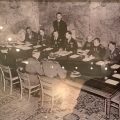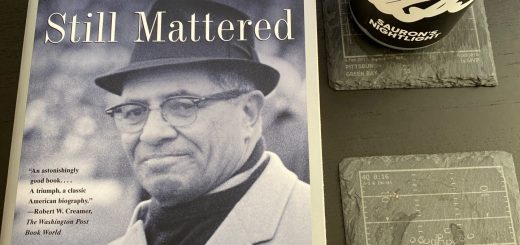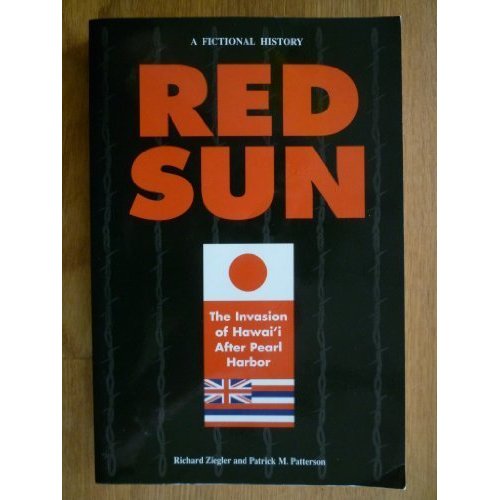Italy’s Sorrow: A Year of War 1944-1945 by James Holland
Most histories of World War II focus on North Africa, then the Sicily
and Italy invasions by the Allies. But after the fall of Rome a few days before D-Day, they focus on the Normandy invasions and the push through France to Germany. There was a lot of Italy left, and the Allies forces there held down several German armies, keeping them away from the Russian and D-Day fronts.
James Holland’s 539 page history of the war in Italy from 1944-1945, Italy’s Sorrow: A Year of War 1944-1945, documents not only the Allies and German armies and their battles, but the struggles of the Italian citizens, partisans, remaining fascist government and reforming Italian armies.
Italy at the time faced civil war, two Armies (first the retreating Germans, then the advancing Allies) consuming all the food and resources leaving little for the citizens, a fragmented leadership with mixed messages, and the pure devastation of war (where it sometimes seems only Rome and Florence were spared). It is truly amazing the country has survived.
This in-depth history is presented in four sections:
Part 1 – Cassino to Rome: in which the opposing leaders, partisans, citizens and soldiers are introduced, and the last battle of Cassino is described. Cassino, the breakthrough of the Gustav line and the breakout from the beachhead at Anzio were all precursors to the fall of Rome, mere days before D-Day. Much is made of the rivalry between the British Eighth Army and the American Fifth; the author, Mr. Holland, is British, and he does criticize American General Mark Clark for ego, and for not cutting off the German Armies retreat after the breakout from Anzio. It is interesting to contrast this with American Rick Atkinson’s book The Day of Battle; both viewpoints state that Clark “contravened a direct order” and that Clark believed the British were trying to steal the show. Atkinson shows some rationale for Clark’s decision.
Another interesting perspective can be found in Churchill’s Closing the Ring, with a short mention:
The single American division sent by General Clark was stopped short of it and the escape road remained open. That was very unfortunate.
After the war, German General Von Senger stated that the German Army retreat through roads further east, making Clark’s decision moot. But he nor the other Allied leaders were not aware of that at the time.
Part 2 – North of Rome (Spring 1944): troops were taken away from the Allies for the Normandy invasions and the subsequent push through France, evening out the personnel numbers. But with vast air superiority, the Allies continued to pin down German divisions, pushing through the Albert line and to the Arnot. Holland documents the battles of the partisans, whose activities forced nasty retaliations from Italian Fascists and the Germans; the massacre at Gemmano is shown as one of many.
Part 3 – River Arno (Winter 1944): Even though more Armies were taken for the invasion of Southern France, the Allies hoped to break through the mountains and push past Bologna before Winter set in, hoping to end the war in 1944. But rain, mud, winter and staunch German defense held them back. Holland covers the plight of the partisans, who were asked to fight but still not given enough supplies; the Allies fears a civil war as the one they were battling in Greece after arming the partisans. Also, negotiations had begun by some of the Germans on a possible Armistice, sensing the end was near.
Part 4 – end of the war in Italy (Spring 1945): when the end came, in April 1945, it came swiftly. Once the Allied Armies broke through past Bologna, the Germans were in full retreat, dealing with partisans, the death of Mussolini, and eventually learning of the death of Hitler. The Italian citizens and partisans hunted down the Fascists, and there was a brief standoff with Tito/Yugoslavia in Trieste at the end of the war.
Holland has excellent stories and documentation from all perspectives, not just from the leadership but from partisans, citizens, foot soldiers on both sides, German spies, Allied spies and several other stories. His book plugs a great hole in a less documented part of WWII.







